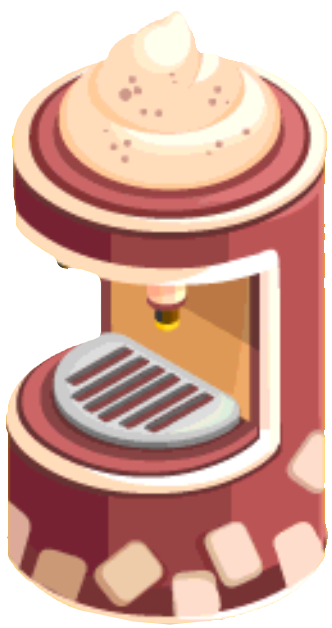

Because of these pressures, the government took strong actions to avoid bankrupting the nation. From my research, the economy was swinging at the time, in desperate need of stability. The government were struggling to build enough houses alongside repairing France’s destroyed infrastructure. Why were French bakers forced to start baking at 4am? The process produces a crispy crust with a shiny gloss. The starch eventually over-hydrates, bursts, and the dextrins that seep out harden. It also contributes to starch at the outer perimeter of the bread to absorb moisture. The steam added at the start of baking delays the setting of the crust to promote a larger oven rise. Bakers could create lighter loaves with incredibly crispy crusts. The Viennese steam oven changed everything. In 1839, the first steam-baking oven was unveiled by August Zang in his bakery “Boulangerie Viennoise” at 92, rue de Richelieu, Paris. One of the most revolutionary pieces of baking equipment was also introduced in this century. This new method meant that there was less damage to the grain, resulting in better flour quality. It was also a period where Hungarian roller milling was brought to France. Bread started to be produced en-mass in boulangeries (bakeries) and less by the housewife. It was no longer necessary to make bread in small batches or spend a whole day preparing sourdough. The emergence of baker’s yeast during this century changed bread making for good. Popular bread types were Pain au Levain (sourdough), Pain de Campagne, Brioche and Pain de Seigle (rye bread). The bread of equality ruling made bread accessible to all. All bakers will be held, under the penalty of imprisonment, to make only one type of bread, The Bread of Equality.” 1800’s It will no longer make a bread of wheat for the rich and a bread of bran for the poor.

“Richness and poverty must both disappear from the government of equality. After the king was removed, a 1793 decree stated: This, amongst other political issues, started the 1789 French Revolution. The poor couldn’t afford to eat and they were not happy about it. These loaves are described as 1 yard, sometimes 2 yards long! They would have to lie along the length of the table as they would fall on the floor otherwise! In my research, I’ve not been able to find a name for this bread, but it is likely to be related to the Ficelle.ĭuring the late 1700s, poor harvests and a growing population led to wheat prices soaring. It is documented that a long bread was baked in French bakeries during the 1760s. The perfect angle and distance between each cut take experience to master. The score or “la grign” is typically 8 cuts for a full-size baguette. They are scored with a razor blade, then slid into the oven. Once proved, they are removed from the couche using a baguette peel and placed on a large board. It also prevents the baguettes from touching each other. The fold acts as a barrier to stop the baguettes from spreading sidewards as they rise. The couche is folded along both long sides of the dough.


The couche is floured, and a moulded baguette is placed on top. Traditionally, baguettes are proofed in a linen cloth called a couche. When making a baguette ordinaire (standard baguette), the baker divides a batch of dough into 390-gram pieces. Yeast provides much of the leaving power, whilst the preferment boosts flavour, texture and keeping quality.
BAKERY STORY OVENS PARTS HOW TO
How To Make Bread For The First Time With A Simple White Bread Recipe (START HERE) How is a traditional baguette made?īaguettes are usually made with yeast, often with preferments such as poolish or sourdough.


 0 kommentar(er)
0 kommentar(er)
